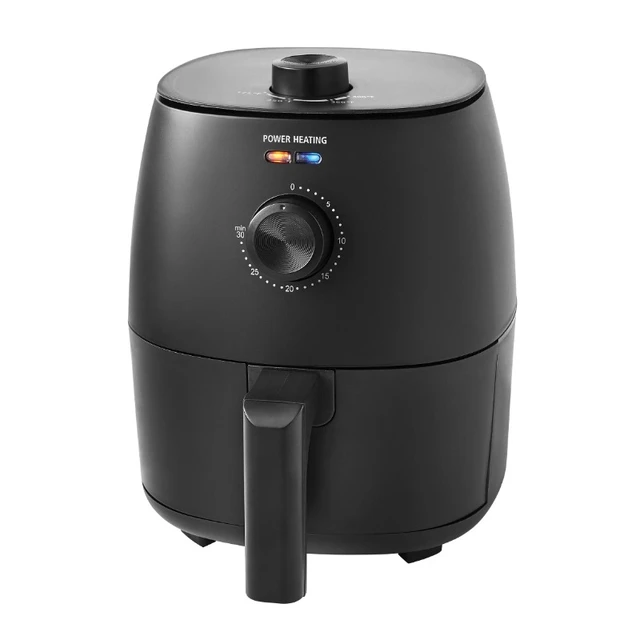Introduction:
Electronic recycling, especially for appliances, is essential for responsible waste management and environmental conservation. The process of recycling appliances involves several steps to ensure the safe and efficient recovery of valuable materials while minimizing the impact on the environment. In this article, we will explore the process of electronic recycling for appliances, examining factors such as collection, disassembly, material separation, recycling techniques, and the importance of proper disposal. By understanding this process, we can gain insight into the efforts involved in recycling appliances and the positive impact it has on sustainability.

What is the process of electronic recycling for appliances?
Collection and Transportation:
a. Collection Centers: The first step in the electronic recycling process is the collection of appliances.
b. Transportation: Once collected, the appliances are transported to specialized recycling facilities. Depending on the scale of the recycling operation and the distance between the collection center and the recycling facility, transportation may involve trucks, shipping containers, or other methods suitable for transporting large and heavy appliances.
Sorting and Disassembly:
a. Initial Sorting: Upon arrival at the recycling facility, the appliances are sorted based on their type and material composition. This initial sorting ensures that each appliance is processed appropriately and efficiently in subsequent steps.
b. Removal of Hazardous Components: Before disassembly, the appliances undergo a process to remove hazardous components. This typically involves the safe removal and disposal of substances such as refrigerants, oils, and batteries. These components are carefully separated and sent for proper treatment or disposal to prevent environmental contamination.
c. Disassembly: The appliances are then disassembled into their individual components. Skilled technicians use specialized tools and equipment to carefully dismantle the appliances, separating different materials such as plastics, metals, glass, and circuit boards.

Material Separation and Recovery:
a. Recycling glass reduces the need for raw materials and energy-intensive manufacturing processes.
b. Circuit Board and Electronic Waste: Circuit boards and other electronic components contain valuable metals and materials but also hazardous substances.
Environmental Considerations:
a. Pollution Prevention: Recycling facilities employ various measures to prevent pollution and minimize the environmental impact of the recycling process. These measures may include the use of containment systems, air filtration, water treatment, and responsible waste management practices.
b. Compliance with Environmental Standards: Recycling facilities adhere to local, national, and international environmental regulations and standards. This ensures that the recycling process meets specific requirements for the handling, treatment, and disposal of electronic waste and the recovery of valuable materials.
Responsible Disposal:
a. Proper Disposal of Residual Waste: After the valuable materials have been recovered, any residual waste from the recycling process is disposed of responsibly. This may involve sending the remaining waste to specialized waste management facilities or landfill sites designed to handle electronic waste safely.
b. Landfill Diversion: The ultimate goal of electronic recycling is to divert appliances and their components from ending up in landfills.

Certification and Compliance:
a. Environmental Certifications: Recycling facilities may obtain certifications that demonstrate their commitment to environmental sustainability and responsible recycling practices. Certifications such as ISO 14001 or Responsible Recycling (R2) ensure compliance with specific standards related to environmental management, worker health and safety, and responsible downstream management of electronic waste.
b. Compliance with Data Security: In the case of appliances that may contain personal or sensitive information, recycling facilities follow strict procedures to ensure data security. This involves the proper erasure or destruction of data-bearing components to protect the privacy and confidentiality of individuals.
Public Awareness and Education:
a. Outreach Programs: Recycling facilities, community organizations, and environmental agencies often conduct outreach programs to educate the public about the importance of electronic recycling. These programs aim to raise awareness about responsible disposal practices, encourage recycling participation, and provide information on local recycling options.
b. Consumer Education: Manufacturers and retailers also play a role in educating consumers about the importance of recycling appliances. They provide information on their websites, product packaging, or user manuals about recycling options, take-back programs, and the environmental benefits of responsible disposal.

Quality Control and Testing:
a. Quality Control Checks: Throughout the electronic recycling process, quality control checks are conducted to ensure that the recovered materials meet the required standards. This involves testing the quality and purity of the recovered metals, plastics, and other materials.
b. Material Testing: Advanced technologies and analytical techniques are used to assess the properties and composition of the recovered materials. This ensures that the recycled materials are of high quality and suitable for use in the manufacturing of new products.
c. Compliance with Regulations: The recycling process must comply with regulations regarding the recycling and use of recovered materials. These regulations may specify limits for the presence of certain substances or require adherence to specific quality standards.
Repurposing and Refurbishment:
a. Repurposing: In some cases, instead of being completely dismantled and recycled, appliances can be repurposed or refurbished for reuse. This involves repairing and refurbishing appliances to extend their lifespan and make them available for resale or donation.
b. Secondhand Market: Repurposed or refurbished appliances can be sold through the secondhand market. This provides an opportunity for individuals or organizations to purchase functional appliances at a lower cost while reducing the demand for new products.
c. Donations: Refurbished appliances can also be donated to charitable organizations, community centers, or individuals in need. This ensures that appliances that still have a useful life can benefit those who may not have the means to purchase new appliances.
Closing the Loop:
a. Incorporating Recycled Materials: Manufacturers can incorporate recycled materials into the production of new appliances. By using recycled metals, plastics, and other materials, manufacturers reduce the need for extracting virgin resources and minimize the environmental impact associated with manufacturing.
b. Product Labeling: Some manufacturers label their products to indicate that they contain recycled materials. This provides transparency to consumers, allowing them to make informed choices and support companies that prioritize sustainability and recycling efforts.
c. Consumer Education: Educating consumers about the importance of recycling and the benefits of purchasing products made from recycled materials can further encourage the demand for recycled appliances. By understanding the value and environmental impact of recycling, consumers can actively support the recycling industry.

Conclusion:
The process of recycling appliances involves several important steps, including collection, sorting, disassembly, material separation, and responsible disposal. Through these steps, valuable materials such as metals, plastics, and glass are recovered and prepared for reuse in the manufacturing of new products. The recycling process also ensures the proper treatment and disposal of hazardous substances, preventing pollution and minimizing the impact on the environment. By understanding the intricacies of electronic recycling for appliances, we can appreciate the efforts involved in responsibly managing electronic waste and contributing to a more sustainable future.

